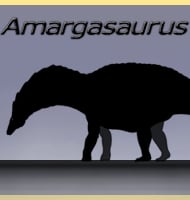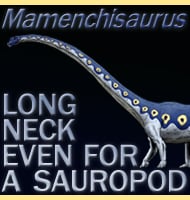In Depth
Although giant crocodiles like Sarcosuchus usually steal the limelight, the little ones such as Bernissartia can prove just as interesting. Aside from being one of the smallest crocodiles in the fossil record, Bernissartia had two distinct types of teeth. The front teeth are sharp and pointed, and are thought to have been for biting into small slippery prey like fish. The rear teeth however are more rounded and blunt, more suitable for crushing prey like shellfish and crustaceans. Some Bernissartia remains have been found in association with the remains of the ornithopod dinosaur Iguanodon, raising the possibility that they may have scavenged the carcass of a dinosaur that had drowned (although this is but one explanation).
Bernissartia is usually thought of as inhabiting coastal environments, possibly on the coast itself or in lagoons not far from. As such it is possible that Bernissartia may have behaved like a beach comber, feeding upon available animals when found as well as scavenging the remains of creatures that had washed onto the beach. Higher sea levels during the cretaceous meant that Europe was more of chain of islands surrounded by shallow seas rather than the single landmass we know today, meaning that such coastal environments were amongst the most extensive of the Cretaceous.
Further Reading
– Virtual reconstruction of the skull of Bernissartia fagesii and current understanding of the neosuchian-eusuchian transition. – Journal of Systematic Palaeontology. 18 (13). – Jeremy E. Martin, Thierry Smith, C�line Salaviale, Jer�me Adrien & Massimo Delfino – 2020.









